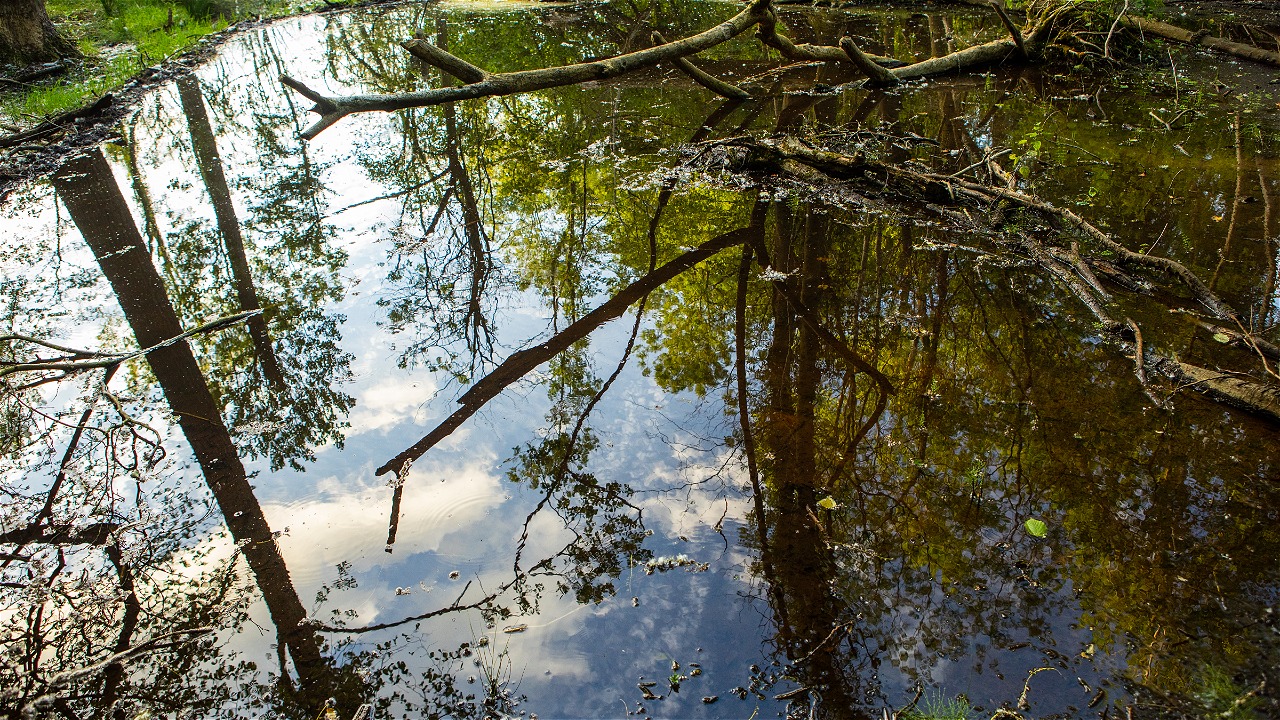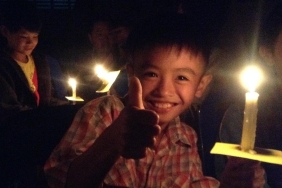TOGETHER TO SAVE THE SPRING
By Natalia Trita Agnika
A total of 70% of the earth's surface is made up of water. However, it is currently estimated that only 0.3% of the world's clean water is available to supply human needs and 60% of this comes from 9 countries: Brazil, Russia, China, Canada, Indonesia, India, Columbia, the Democratic Republic of Congo, and the Americas (source: WWF report "Water Conflict - Myth or Reality" 2012). In the last century, the world's water use has skyrocketed due to population growth. Increased demand from agriculture, energy, industry, business and households is putting pressure on the availability of clean water.
Per day, each person needs 2-4 liters of water for body balance. However, every day, an estimated 2 million tons of household waste is discharged into water (rivers). This household waste causes clean water sources to decrease.
The clean water crisis is also an impact of climate change. When the climate in the world does not run normally, long droughts or unending rainy seasons will cause the ecosystem rules to not run properly. Springs can become dry and polluted. As a result, we will have difficulty finding clean water.
Citizens of the world are again reminded of the importance of water for life in the moment of World Water Day (World Water Day) which is celebrated every March 22. Protection and sustainable management of water resources are the main things that are campaigned to the wider community.
There are many ways that can be done to maintain the availability of water sources. Starting from small things that can be done everyday, such as turning off the faucet when brushing your teeth, choosing to bathe using a shower rather than a dipper, or making sure to close the water tap tightly. Not throwing garbage into waterways and rivers is also one way to protect water sources.
In addition to small things that are easy to do as individuals, there are also concrete actions collectively that can be done to maintain the availability of water sources. One example is the real action taken by the Batu City EARTH HOUR community this year. Batu City is one of the keys to preserving water sources because of its location on the slopes of the mountains. The springs in Batu City are the life support for 2/3 of the population in East Java. However, in the last 10 years, Batu City has lost half of its original springs. The remaining springs have also experienced a decrease in discharge.
EARTH HOUR Batu City does not remain silent seeing this reality. Through a program entitled "Dok Junrejo Water Source Conservation", EARTH HOUR Batu City invites the public to save the springs in Dok Junrejo, one of the spring areas in Batu City. They are raising funds through earthhour.kitabisa.com to plant trees around the spring area on April 23, 2016. The existence of trees in the spring area is very important because it functions as a water absorber and soil buffer. Thus, the protection of water resources can be done sustainably.
Preserving water means preserving our lives. Let's take action from now on to protect water sources. Don't let the spring crisis bring tears to us.




